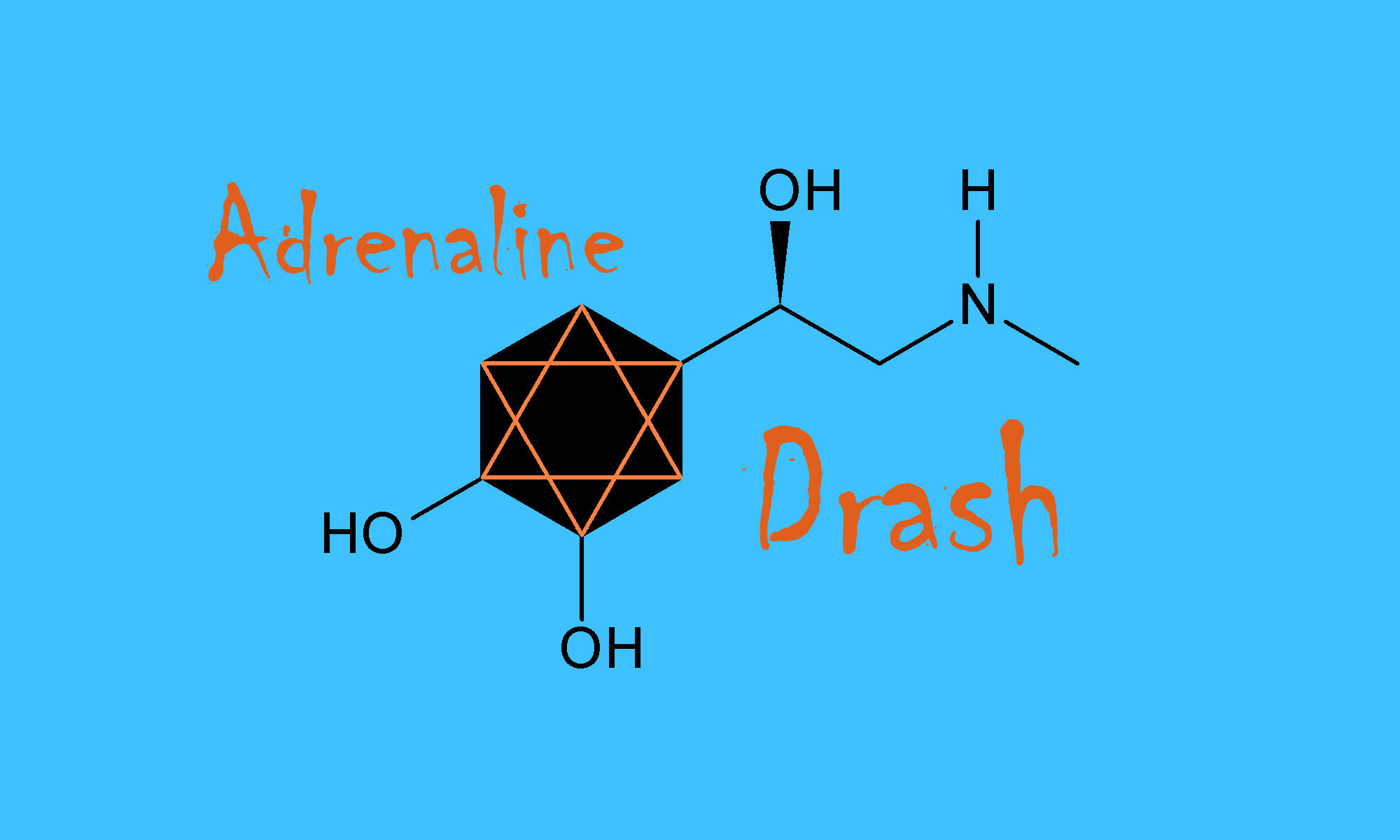 “I wouldn’t have wanted to be that man,” one of my students said.
“I wouldn’t have wanted to be that man,” one of my students said.
“No, look,” I said. “I didn’t say anything. Why should I? He was doing what he thought is right. He was trying to save souls.”
But even as I said it, I knew I was still angry.
That day, a lovely spring day, I’d gone to get some groceries. On the way back to my car, a well-dressed man of around thirty-something approached me with a flyer. The flyer depicted Jesus carrying a cross, bleeding, in pain. The next picture showed Jesus nailed to it. Bleeding, in pain. It advertised a local passion play production.
“I’m Jewish,” I said. And for the first time ever, I pulled out the heavy stuff. “And a rabbi, to boot.”
“We don’t make any distinctions,” he said. “We reach out to everyone.”
I made a polite mumble out of “thanks, but no thanks,” and got into my car. But I couldn’t even leave the parking lot. I had to drive to its outskirts and call my husband, Ralf.
“I told him I was Jewish,” I said. “He makes no distinctions. When can we have some distinctions, please? After almost two thousand years of eviction, oppression, and forcible conversion, can we not have some distinctions? We’ve been strung up and nailed up and gassed. Hell,” I said. “Oh, hell.”
The road to hell, they say, is paved with good intentions.
Even now, after years of loving and intense interfaith work in the South, I find the Easter season the most difficult time of the year. The crosses on the church lawns, the purple fabrics, and the signs and billboards announcing theatrical renditions of the last hours of Christ—they trigger an old exhaustion in me. I see them and think of the history I teach.
Easter, after all, was historically a dangerous time of the year for European Jews. Easter was often accompanied by accusations of host desecration, claims of blood libel, the replay of the “Christ-killers” epithets and of the attendant mob violence.
Every year I teach mostly Christian students about the history of antisemitism. I also go to one church after another each year. I keep hoping to establish relationships based on understanding that God does not and will not ever need a translator. (If God couldn’t hear humanity pray in any language, then I would have nothing to say to Her.)
Each and every semester I am appalled at the apparent ignorance of my own students, who claim, that all this is completely, utterly new to them. Can it be?
“Can it be?” I ask. According to the Gospel of Matthew, the Jewish crowd willingly accepted the blood of Jesus on their heads and the heads of their children (27:25). Has anyone counted the churches that don’t quote Matthew during Easter as the story is retold? How many churches in America actively, openly name and repudiate this verse for the immeasurable harm it has done for centuries? Which of my Christian students have never, ever heard or read the verses in John in which Jews are labeled the children of the devil?
I know, I know. We bypass, don’t feel, ignore. Most of our living lives, we are completely indifferent to the pain of others. Me, too.
The verses I’ve quoted don’t feel all that real to my students. They don’t associate their texts with Jews they might know. And when they get exposed to the history of antisemitism, they want – badly – to disconnect that tale of woe from any implications where their own religious training has been concerned. I would probably do the same in their shoes.
Typically, our semesters are challenging. Just as typically, we get where I hope we will go. Whatever I teach always has the same agendas anyway: To demonstrate to my students how little we know about each other (that “each other” includes all of humanity, by the by). To teach them that humility is – devoutly – wished for in this or any world. To become better people as a result of our education. That is the only education that matters.
Whether they are studying biblical scripture or biblical times, whether we are looking at Jewish feminism or antisemitism, whether we are confronted with the beautiful, the bad, or the ugly, does not matter. We can all do with regular does of humility. We can all be reminded to try and love each other in a way that does not insist on eradicating our diversity.
And yet, if I am honest, I am tired. I am tired of the facts, of the evidence. Six million Jews died within living memory and swastikas still adorn shirts and flags. There are those who still claim Hitler never killed anyone. One million Jewish children were mercilessly murdered and churches around the world still quote Matthew. Passion plays in Europe still depict Jews as Christ-killers and all the old stereotypes and clichés are alive both there and across the Middle East.
The man in the parking lot meant well. But some of the roads to hell are paved with good intentions. Someday, the hell that has resulted from centuries of so many well-intentioned Christians trying to eradicate any belief but theirs must itself be acknowledged.
How will we make real peace on earth otherwise? And is that not the truest and best intention – for all of us?
